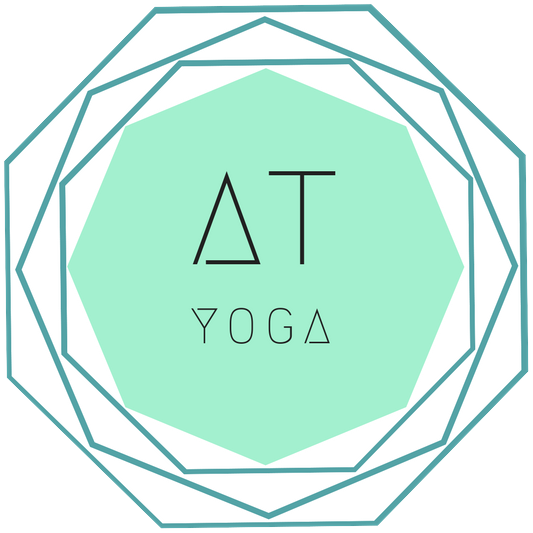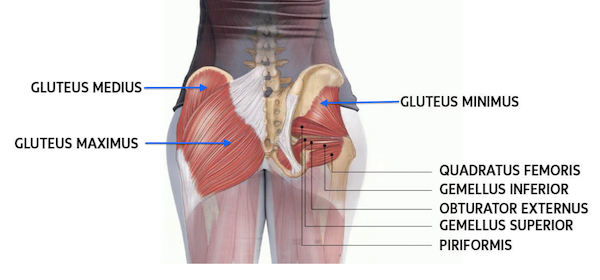
What are the glutes, you ask?
“Glutes” is the nickname given to the three sets of gluteal muscles that start from the pelvis and insert into the upper side of the thigh bone i.e. femur.
The glutes mainly comprise of three major muscles:
- Gluteus minimus
- Gluteus medius
- Gluteus maximus
The gluteal muscles help in straightening the hip while performing activities, stabilizing the pelvis and aiding in other movements of the hip like side elevation and hip rotation. Gluteal muscles are specifically active while squatting, lunging, running and jumping.
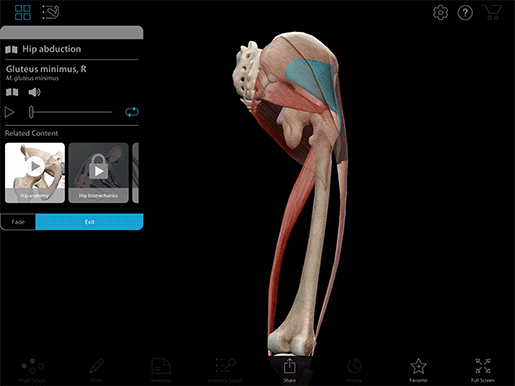
Gluteus minimus
The gluteus minimus is the smallest and deepest of the gluteal muscles. Its job is to abduct the thigh and stabilise the hips/pelvis during walking, running, or standing on one leg. In addition, it also rotates the thigh.
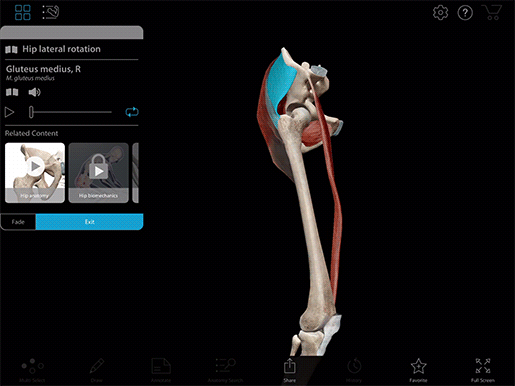
Gluteus medius
The gluteus medius is the middle-sized gluteal muscle, and it’s sandwiched between the gluteus minimus and gluteus maximus. It is a principal mover in hip abduction, external rotation, and internal rotation. What’s more, it maintains the side-to-side stability of the pelvis, aiding the gluteus minimus in keeping the pelvis properly aligned during movement and single-leg balancing.
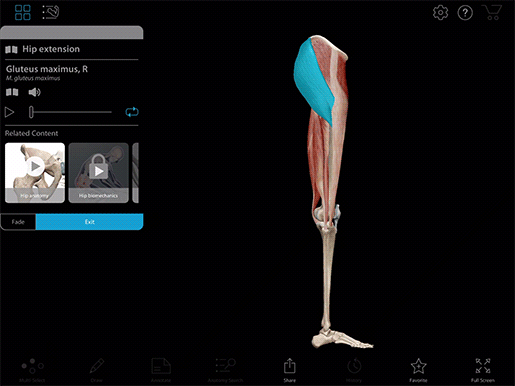
Gluteus maximus
The gluteus maximus is the biggest and most buff of the gluteal muscles. It’s actually one of the strongest muscles in the body, working alongside its smaller companions to stabilize the pelvis and participate in hip rotation. It plays a principal role not only in the abduction and lateral rotation of the hips but also in hip extension, which pulls the leg backward.
WHAT CAUSES WEAK GLUTES?
Due to our heavily sedentary lifestyles, many of us suffer from under-active or weak glutes. In today’s world, we are spending less time moving around and more time sitting, and as a result, we aren’t properly using our gluteal muscles.
Because of this inability to develop our glutes effectively, they cannot activate properly during training/exercise sessions, and instead, other parts of our legs are compensating.
Symptoms of weak or inactive glutes can also include: tight hip flexors, knee pain, low back pain, and weak ankles and feet.
This is why it is so important to use techniques that ‘wake-up’ our glutes prior to training, exercising or yoga, in order to boost our ability to feel, perform, and ensure that they (the glutes) are activated.
WHAT IS GLUTE ACTIVATION?
In simple terms, under-active or weak glutes remain ‘inactive’ or ‘switched off.’ This can mean that the muscles are weak and are not relied on as much as they should be during movements. Glute activation refers to ‘activating’ or ‘firing up’ the muscles in an effort to strengthen them. Think of glute activation in terms of warming up your muscles prior to a workout session. Doing so increases the temperature and flexibility of your muscles, and helps you be more efficient and safer during your workouts.
WHY IS GLUTE ACTIVATION SO IMPORTANT?
The main and most obvious reason, is so that you can strengthen them. These muscles have a huge impact on your overall body strength; they help strengthen your core, and help to support a range of compound movements and exercises. Strong glute muscles also help prevent and avoid muscle imbalances that can lead to mobility issues.
A perfect example would be weak glutes causing an imbalance in the hip. This may lead to excessive rotation of the femur (thigh bone), which in turn causes knee pain. Another example being that weakened glute muscles contribute to pulled muscles in your hamstring or groin. When muscles that are supposed to be strong, aren’t, the smaller muscles have to take over the slack and this often leads to over-worked muscles that aren’t really supposed to be doing those movements at all.
Strong glutes are essential in almost every sport; they are responsible for changing directions, accelerating, decelerating and creating explosiveness jumps.
WHAT IS THE MIND TO BODY CONNECTION?
The mind to body and muscle connection is probably one of the most difficult things to do, but it is also one of the fundamental and important components to properly engage and contacting the muscle(s) you are working on. In order to activate a muscle group, you will need to feel it working and for that, you will need to know where the muscle(s) is located on the body and what it does. That is why MYOFASCIAL RELEASE classes, and MOVING SLOWLY are so important and effective in establishing and developing the mind to body connection.
To book for a Myofascial Release class, please click here.
